9 Fascinating African Drinks
Exploring the continent through its traditional brews.
09 February 2023 · 12 min read


Africa is rich in cultures and customs, and this is reflected in its vibrant array of traditional drinks. These home brews hold a significant social importance in many communities across the land, often deeply rooted in local traditions, and serving as symbols of hospitality and community bonding. While some mark moments of celebration or hold spiritual significance, these drinks are not just limited to special occasions, but are also consumed as part of everyday life. Additionally, the art of home brewing is often passed down through generations, preserving cultural heritage and serving as an expression of identity. From wines created from palm sap to banana brews, petal teas, fig distillates and soft drinks made from tree roots, there’s a world of flavour to discover here. Journey with us from East Africa to West, and from North to South, as we learn how these drinks are made, and what they taste like.
1. Mbege | Tanzania
Mbege (which means finger millet) is somewhat of a cross between beer and wine, as it includes both the grains associated with the former and fruit of the latter.
It hails from the slopes of Mount Kilimanjaro and Mount Meru, where traditionally it’s made by the womenfolk of the Chagga and Meru tribes, taught by mother to daughter as a rite of passage. The process is both labour and time intensive.
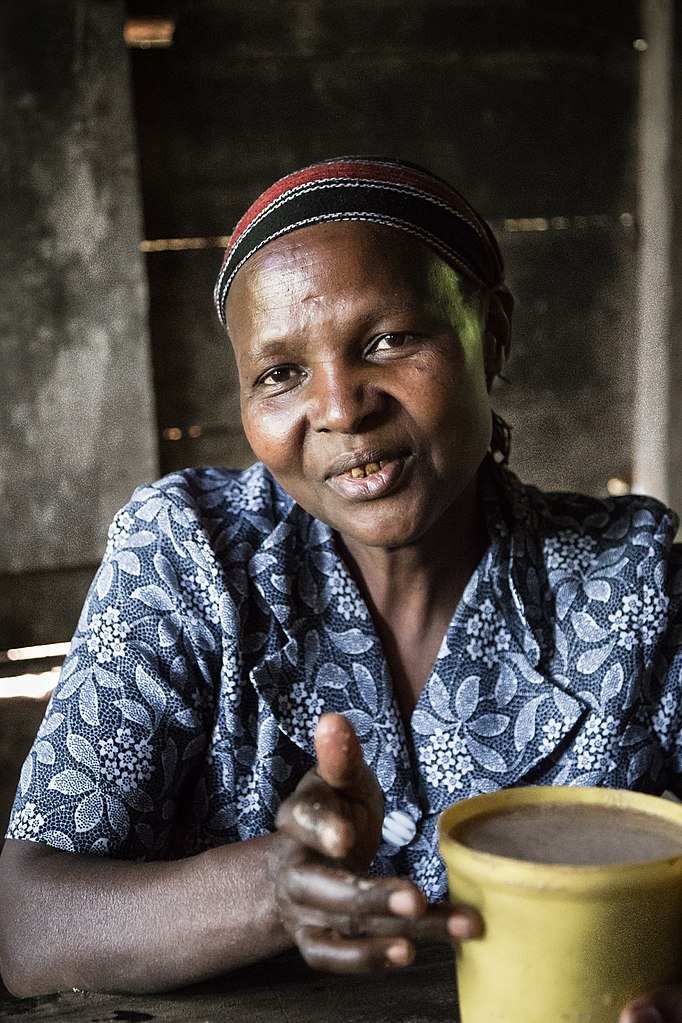
First, a specific kind of banana, called “ndizi ngombe” is harvested and left to ripen for around a week before being peeled, boiled and mashed. In the meanwhile, millet is sprouted to release its sugars, much like how barley is malted for whisky. At the critical moment, the millet is heated and dried in the sun, then manually crushed into powder. After filtering the banana mush, it’s combined with the millet flour, water, and quinine bark, and left to ferment. Finally, it’s ready to drink, initially sweeter with a ABV of 0.5–1.5%, but gradually getting more sour, bitter and stronger over the days that follow.
2. Tej | Ethiopia & Eritrea
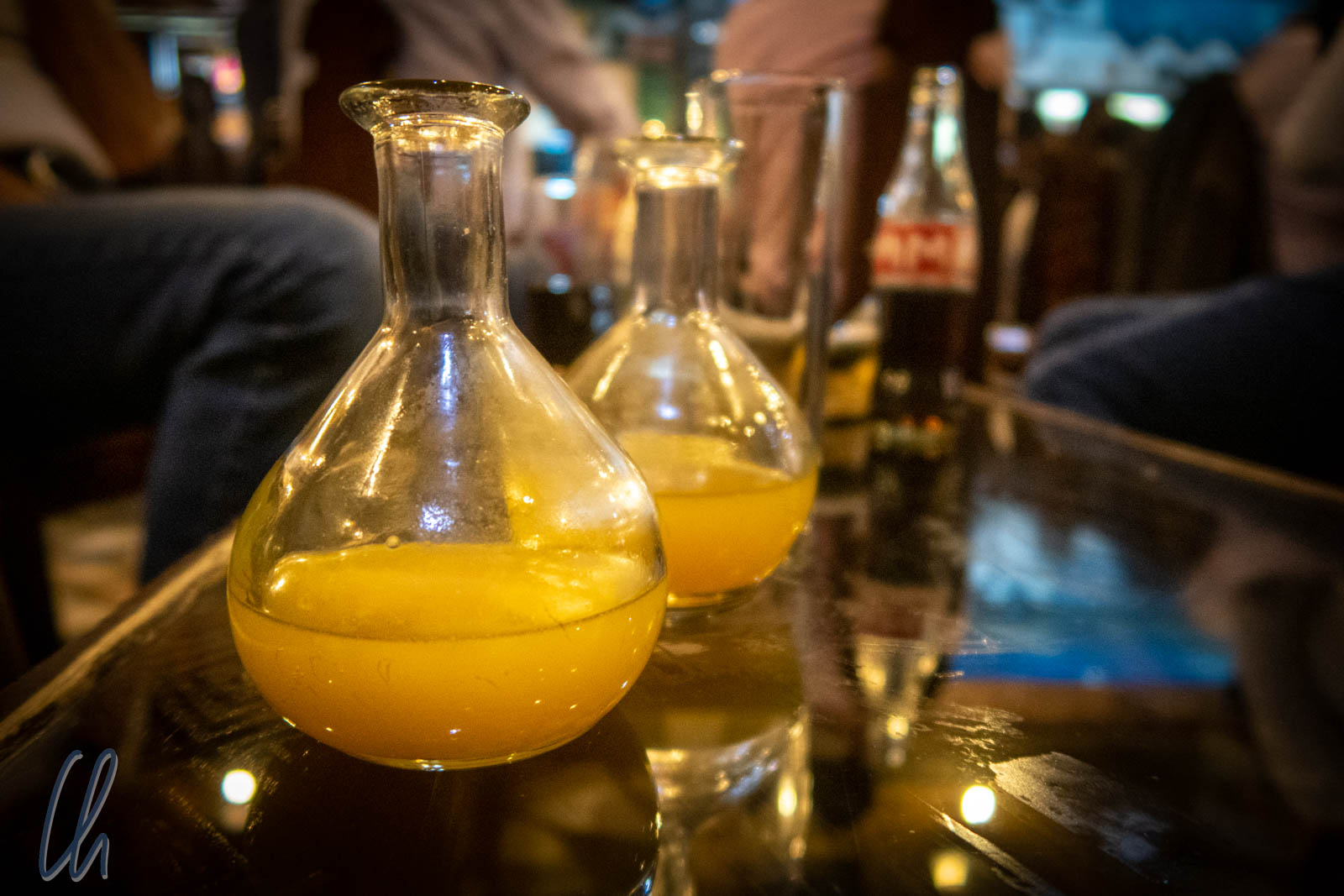
A ferment made of honey, water and the boiled extracts of the native gesho plant, tej dates as least as far back as the Aksumite Empire, which existed some 1200 years ago. The honey wine is yellow in colour and slightly fizzy, and while generally sweet and robust, its flavour varies regionally, depending on the local flowers, which affect the taste of the honey.
While similar to mead found elsewhere, it has unique characteristics. Sometimes, tej can be flavoured, either by smoking the liquid during fermentation, or by adding botanicals, such as ginger, tamarind or khat.
While it was once reserved for the royalty, tej is now made both domestically – with old family recipes – and commercially, and enjoyed both daily and on special occasions, often with meals. It’s usually served in a berele, a traditional clay jug.
3. Palm Wine | Nigeria & Democratic Republic of Congo
While found in various parts of Africa, palm wine is popular in Nigeria and the Democratic Republic of Congo, where it’s sometimes called “malafu”.
As the name suggests, it’s made from the sap of palm trees, including date palms, oil palms and raffia palms.
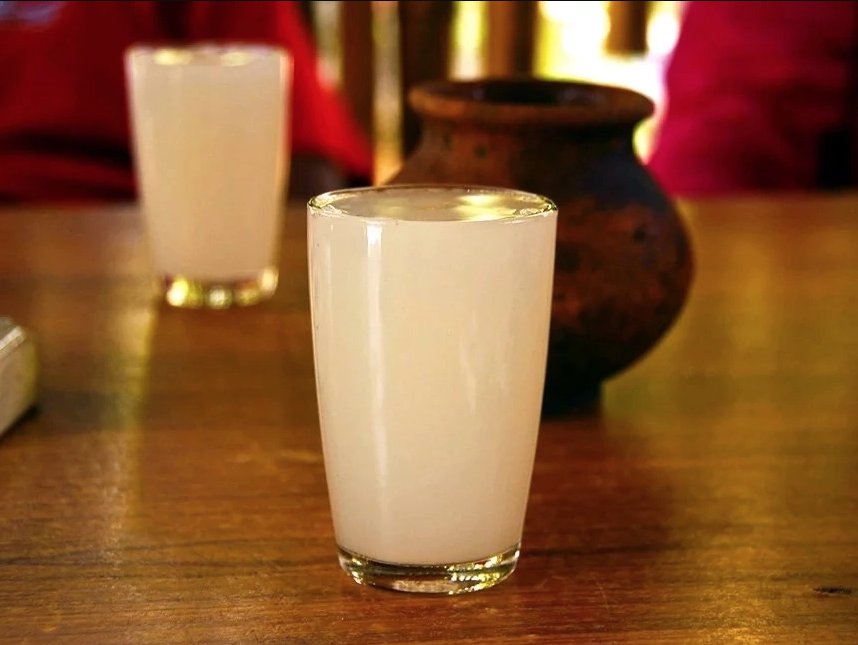
Compared to mbege, it’s relatively easy to make, apart from the undeniable skill of the tappers, who climb the palms, cut the flowers and collect the sweet fluid. Once this feat is completed, however, the sap is simply left to ferment on its own, using natural airborne yeasts and helped along by the residual yeasts from the previous batch of palm wine that the container held. The usually hot climate of the region makes fermentation super fast, and within just two hours the liquid will have sufficient 4% kick to get one tipsy, in a refreshing sweet and slightly sour sipper. As days pass, the ABV increases, and the drink gets increasingly sour as its sugar is converted to alcohol. While mostly consumed for pleasure and celebration, medicinal herbs can be added to create a remedy.
4. Mazagran & Maghrebi Mint Tea | Algeria & Morocco
Up in North Africa, alcohol is less frequently consumed as much of the local population is Moslem, and teas and coffees are the order of the day. In Algeria and Morocco, these include café mazagran and Maghrebi mint tea.
Mazagran is essentially iced black coffee, sweetened with sugar and served in a tall often garnished with mint or lemon. It may in fact be the original ice coffee, as it dates back to the 1830s, when it was the preferred drink of the French occupiers of Algeria, to beat the heat.
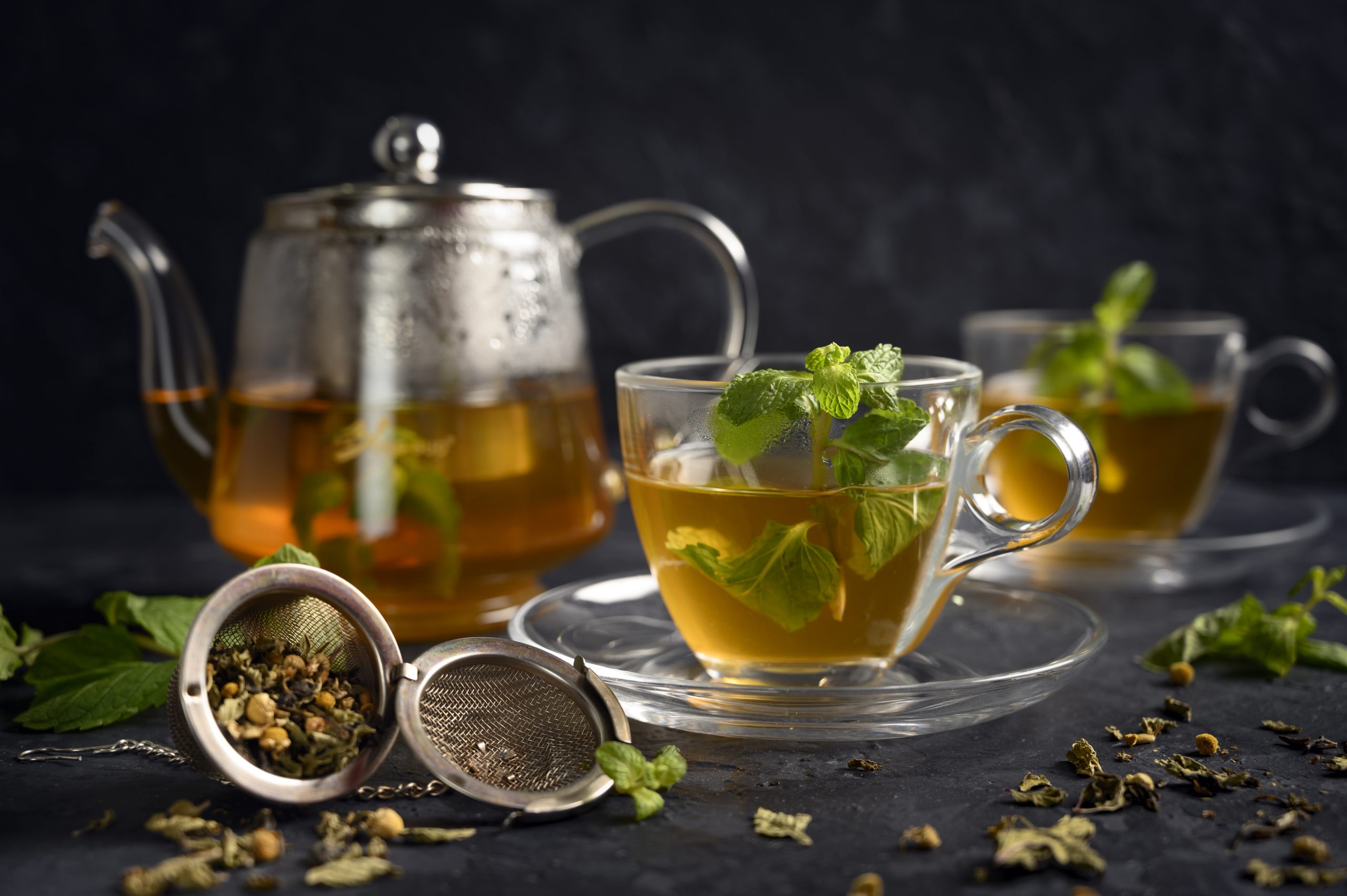
Returning soldiers to France started requesting coffee in the Mazagran way, Mazagran being a coastal fortress where the colonisers were once under siege. Maghrebi, which the tea takes its name from, is an Arabic dialect spoken in the Maghreb region of North Africa. It’s made by steeping green tea leaves with a native spearmint called nana, and adding plenty of sugar. While it’s non-alcoholic, our bartender readers will be pleased to learn that there is an art to pouring Maghrebi mint tea, whereby it’s thrown from a height into small glasses, creating a frothy head. On occasion, the tea is aromatised with herbs, flowers or orange blossom water, or warmed with botanicals like pennyroyal mint and wormwood.
5. Karkadé | Egypt & Sudan
Over in Egypt and Sudan, tea is commonly made from dried petals of the hibiscus flower, called “karkadé” in Arabic. The plant gives it a striking deep red colour, and a tart, cranberry-like flavour, which is usually offset by added sugar or mint.
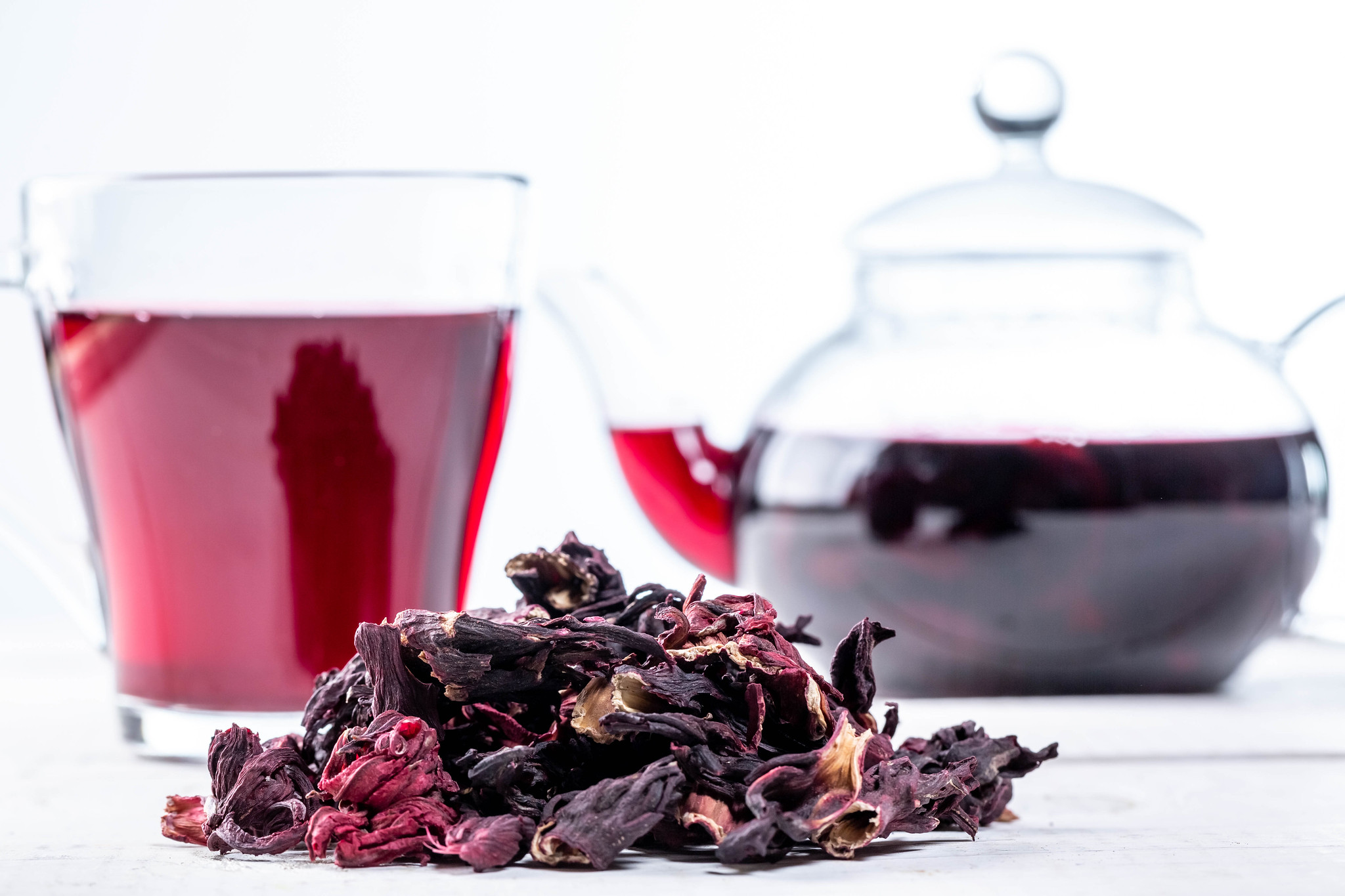
Karkadé is popular throughout the region, often consumed in the afternoon or evening, both as a hot drink or chilled over ice. In addition to being enjoyed for refreshment, it’s also believed to have many health benefits, such as lowering blood pressure and helping with digestion.
In Egypt, Karkadé is often served during Ramadan, weddings and other celebrations, while in Sudan, it’s regularly consumed with traditional food. Similar hibiscus teas are brewed in other parts of the continent, including Ghana and Senegal, where it’s known as “bissap” and “sobolo”, respectively.
6. Boukha | Tunisia
Although many residents of North Africa are teetotallers, the Jewish community of Tunisia is a notable exception. Indeed, the word “boukha” means “alcohol vapour” in Judeo-Tunisian Arabic. It’s also shorthand for “boukha fig spirit”, a traditional Tunisian liquor made from figs.
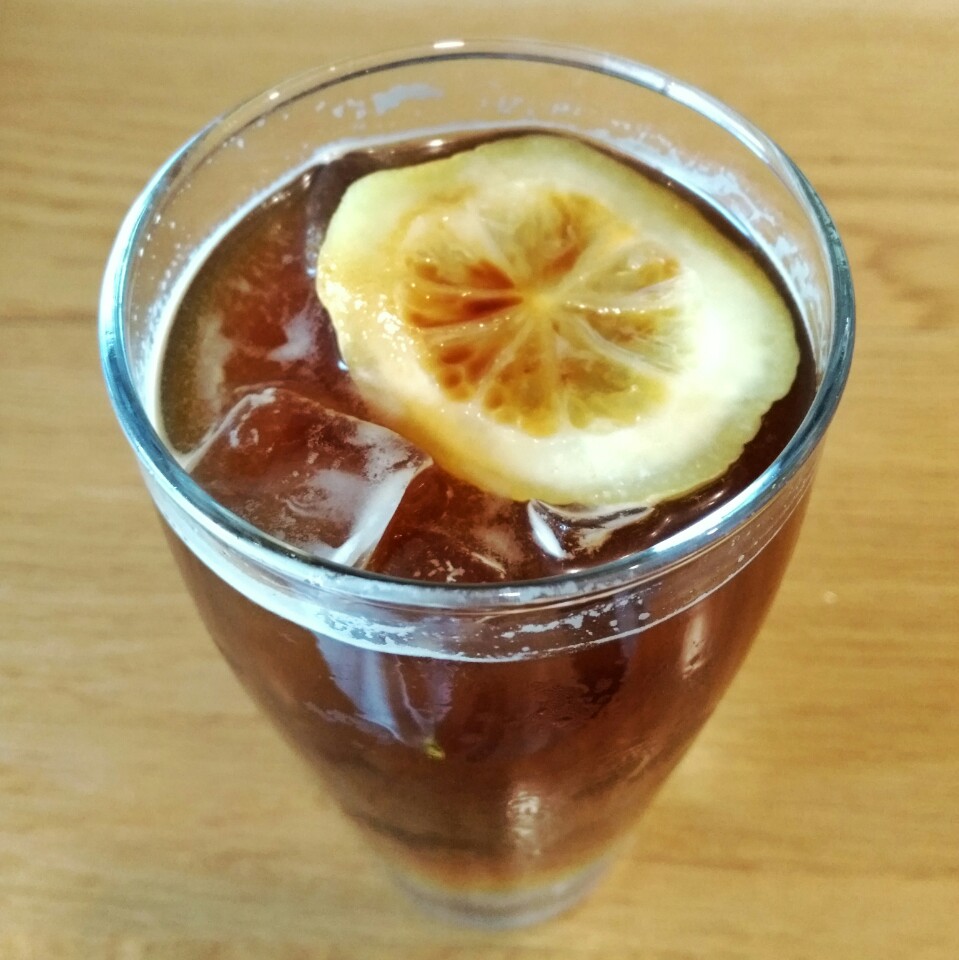
Essentially a clear and unaged eau de vie, boukha is created first by fermenting the fruit, and then distilling it to 40% ABV. It’s thought that the short window for ripe figs lead to using the surplus to create the spirit, alongside other ways of preserving the fruit, like with fig jam.
Consumed both as an aperitif and digestif – or with cocktails – the spirit has notes of fig, raisin, nuts and spices, and a distinct sweetness.
7. Oshikundu | Namibia
Also going by ontaku, oshikundu is a traditional beverage that’s made and consumed by the Aawambo people of north-central Namibia.
It’s a same-day ferment, meaning it’s produced and consumed in a matter of hours, and is essentially non-alcoholic.
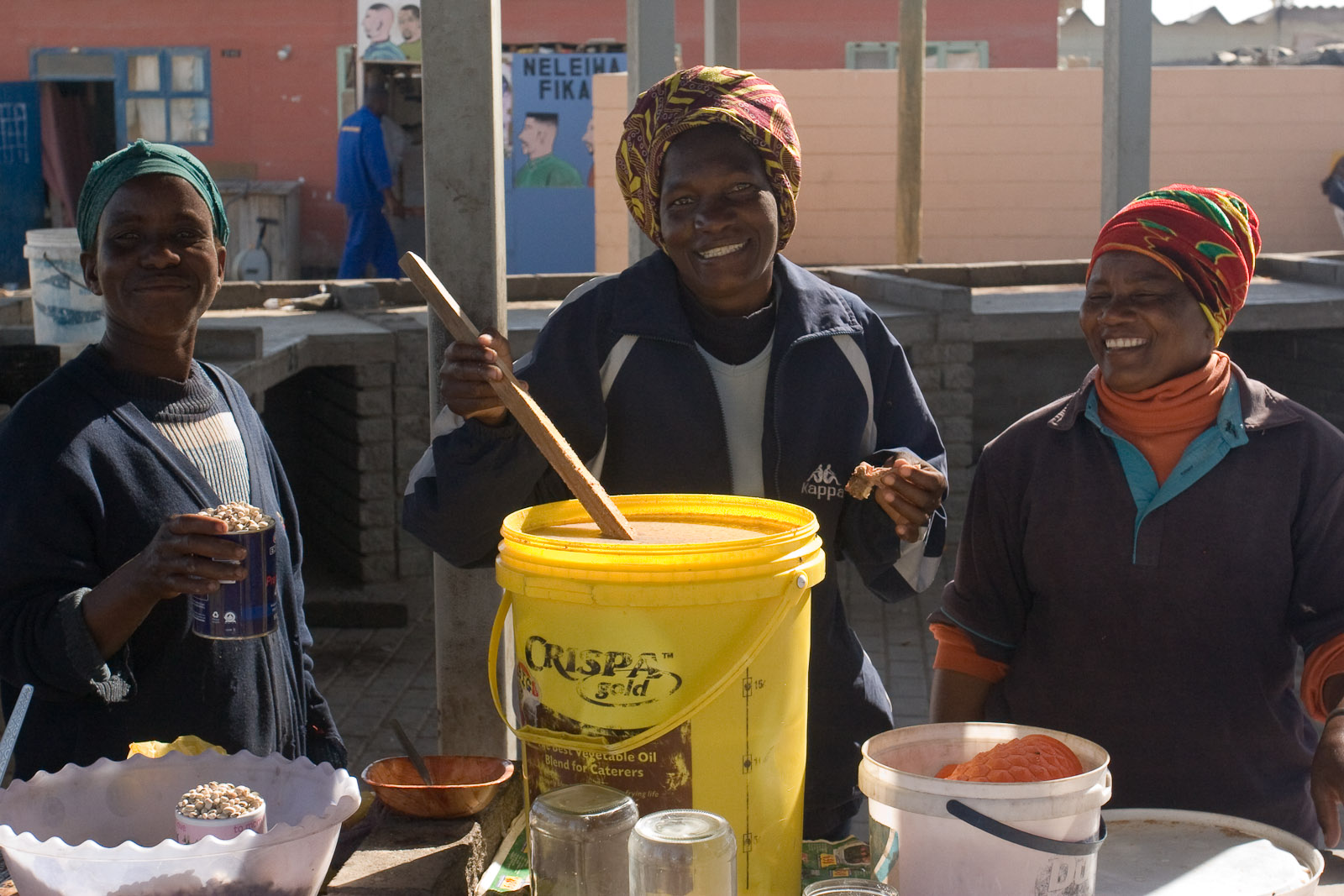
Oshikundu is made by stirring boiled water into mahangu (pearl millet) flour; once cool, some sorghum flour is added, as well as oshihete shoshikundu, the starter culture from a previous batch. After fermenting for 4–6 hours in the shade, water is added and the oshikundu is drunk right away. Sometimes, less water is used, and it’s eaten as a porridge, potentially with dried fruits or honey. It’s fairly sour, yet both delicious and highly nutritious. Recipes are passed down in the families, and while consumed daily within their homes, oshikundu is also sold at local markets.
8. Amasi | South Africa & Lesotho
Amasi, also known as “maas” or “mafi,” is a traditional fermented milk drink found in South Africa and Lesotho.
It’s a thick concoction, and like oshikundu can be enjoyed as both a drink and a meal, or as an ingredient when cooking.
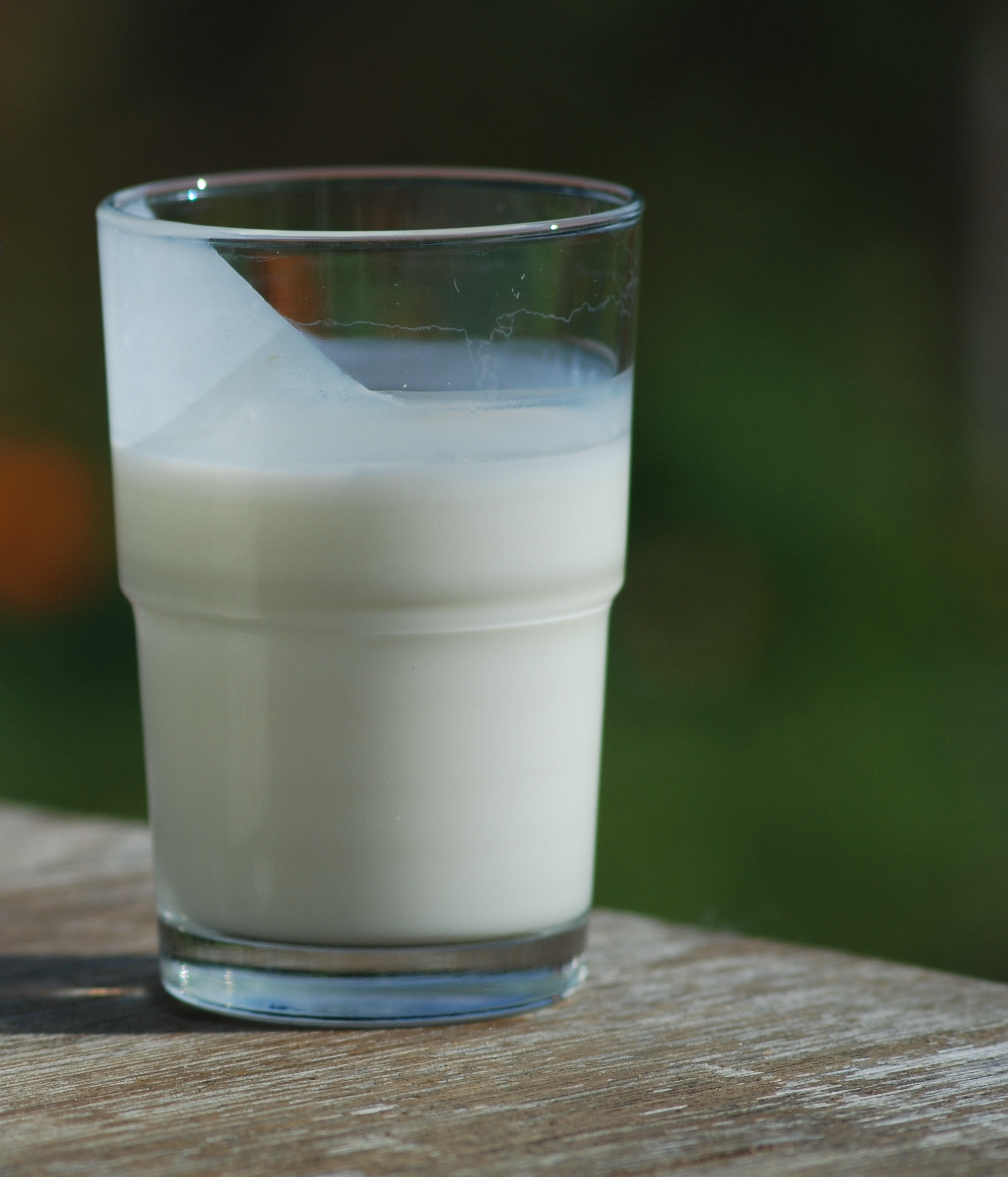
Amasi is made by allowing cow’s milk to ferment for several days. As it curdles, the milk separates into a watery liquid (the umlaza) and the thicker, creamy amasi, which is tangy in flavour. It’s non-alcoholic, and a good source of probiotics – fit for the whole family. While made domestically, commercial brands are readily available.
9. Munkoyo | Zambia
Finally, munkoyo is another non-alcoholic beverage, found in Zambia.
It’s made by crushing the roots of the munkoyo tree, and mixing it with maize meal and water and allowing it to ferment for 24 hours with ambient yeasts.
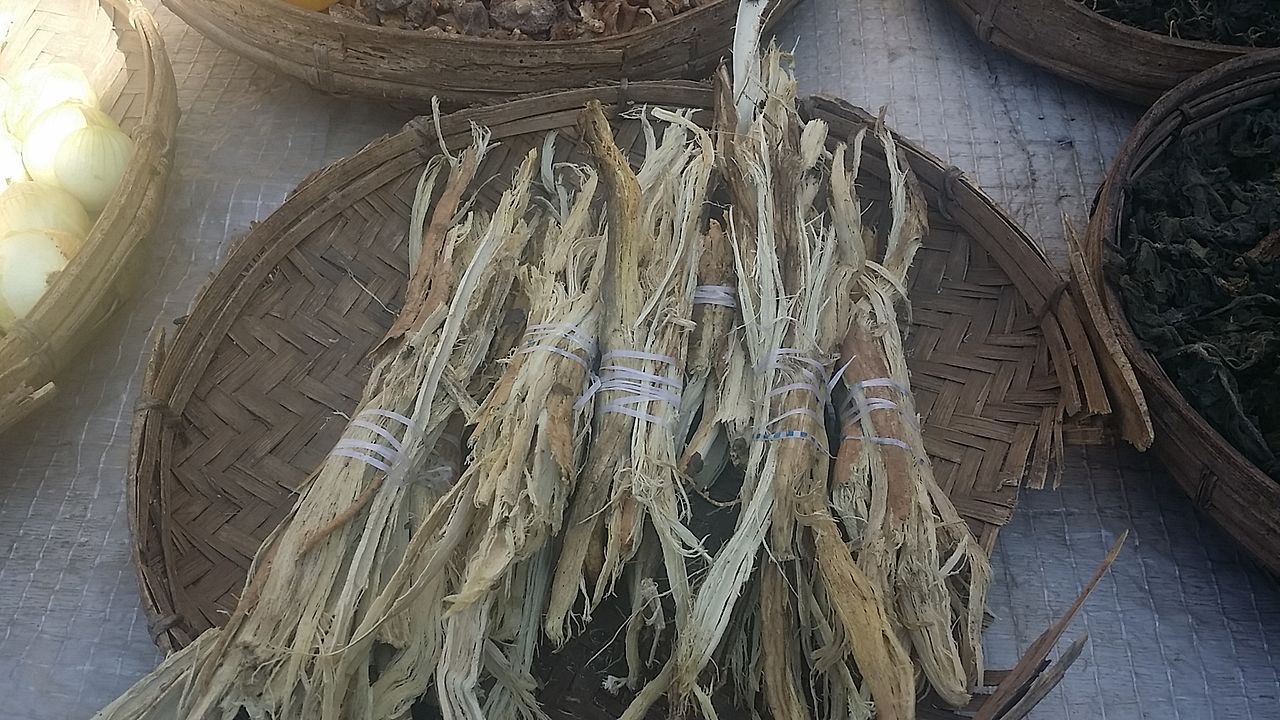
The result is a beverage with a unique and earthy flavour, often compared to root beer, and indeed nicknamed “sweet beer” by Zambians. It’s also believed to be a good source of vitamins and minerals, and to help with digestion. ———— The views and opinions expressed in this article are those of the author and do not necessarily reflect those of Freepour.









